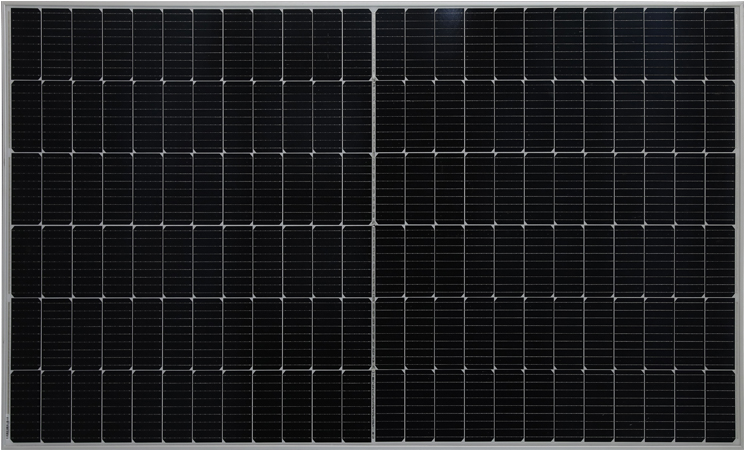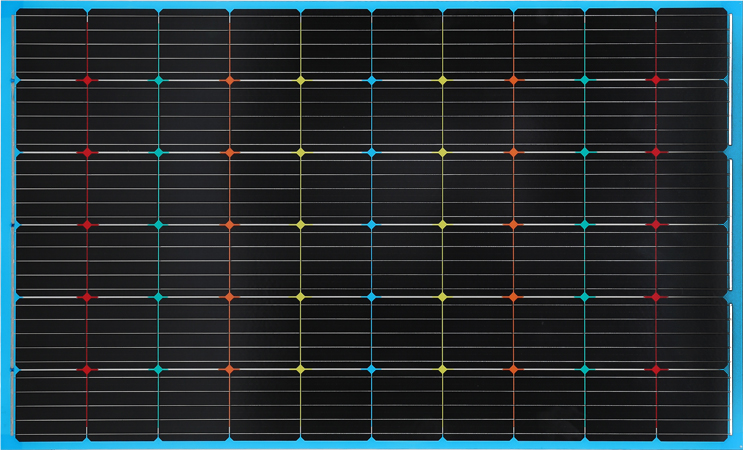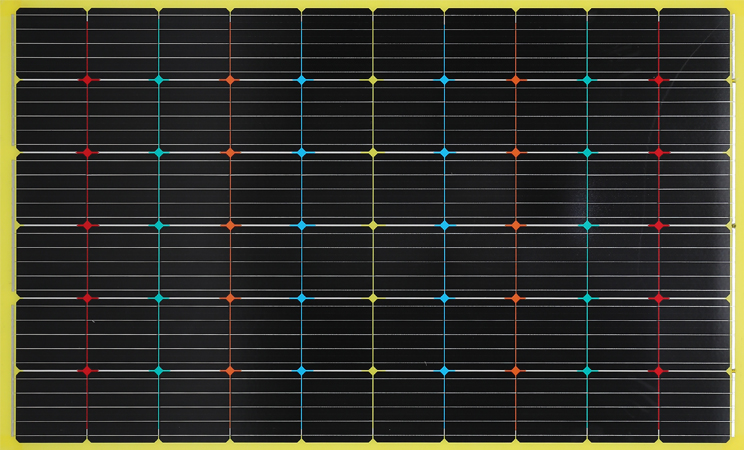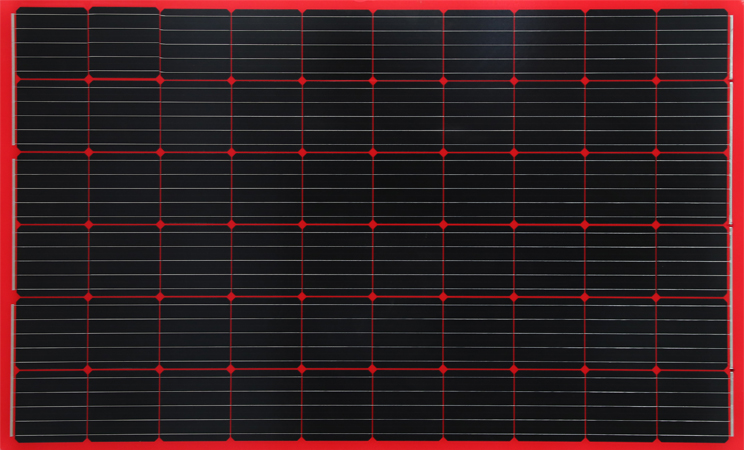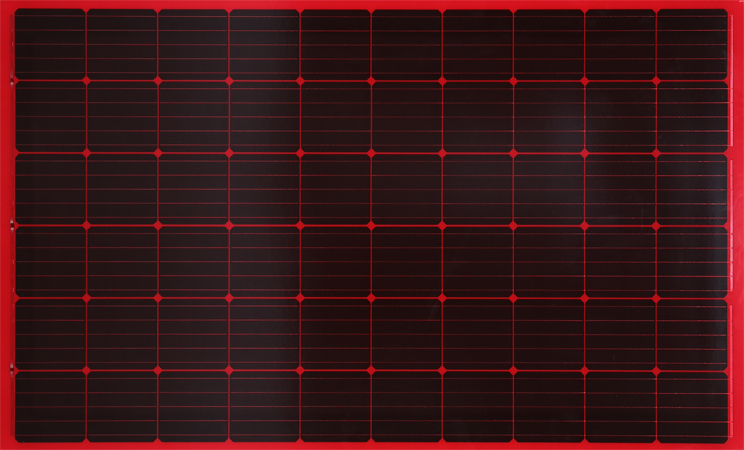A Transparent Building-Integrated Photovoltaic (BIPV) Module is a type of solar panel that is designed to be incorporated into building materials such as windows, skylights, and façades. These modules are made from thin film solar cells that can generate electricity from sunlight, while still allowing light to pass through.
Transparent BIPV modules have a range of advantages over traditional solar panels. They are aesthetically pleasing and can be seamlessly integrated into the design of a building, making them an ideal choice for architects and building owners who want to incorporate renewable energy while maintaining a certain aesthetic. Additionally, they can provide insulation and shading, reducing energy costs and increasing the overall efficiency of a building.
One of the most common uses of Transparent BIPV modules is in windows. The modules can be placed in the glass of a window, allowing natural light to enter the building while also generating electricity. This can significantly reduce the amount of energy needed to power lighting and HVAC systems, resulting in lower energy bills and a smaller carbon footprint.
Transparent BIPV modules can also be used in skylights, providing natural light and reducing the need for artificial lighting during the day. This can be particularly beneficial in areas where there is limited natural light or in buildings where there are strict energy efficiency requirements.
Another use of Transparent BIPV modules is in façades. The modules can be incorporated into the exterior of a building, providing a sleek and modern look while also generating electricity. This can be especially beneficial for high-rise buildings where there is limited roof space for traditional solar panels.
One of the challenges of Transparent BIPV modules is that they are not as efficient as traditional solar panels. The thin film solar cells used in Transparent BIPV modules have a lower efficiency rating than traditional crystalline silicon solar cells. However, the trade-off is that Transparent BIPV modules can be integrated into building materials, providing a more seamless and aesthetically pleasing solution.
Another challenge is the cost. Transparent BIPV modules are still relatively new and the technology is not yet widely adopted, resulting in higher costs compared to traditional solar panels. However, as the technology continues to develop and become more widely used, the cost is expected to decrease.
In conclusion, Transparent BIPV modules are a promising technology that can provide a range of benefits to building owners and architects. They offer a seamless and aesthetically pleasing way to incorporate renewable energy into building materials while also providing insulation and shading. Although the technology is still in its early stages, it has the potential to significantly reduce energy costs and carbon emissions in the building industry.


